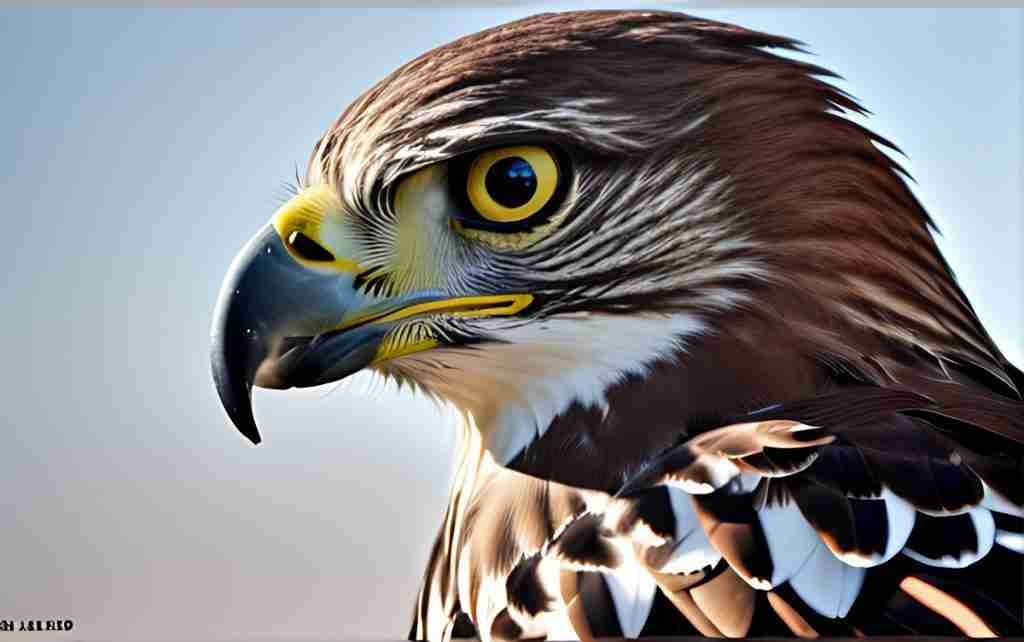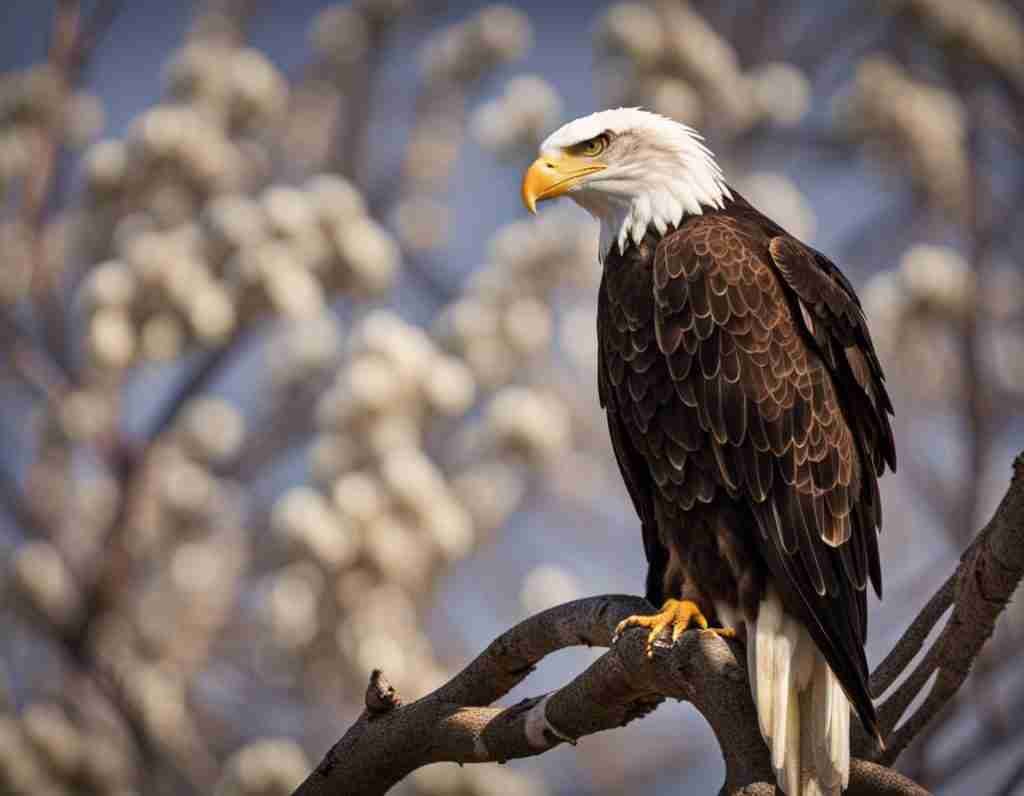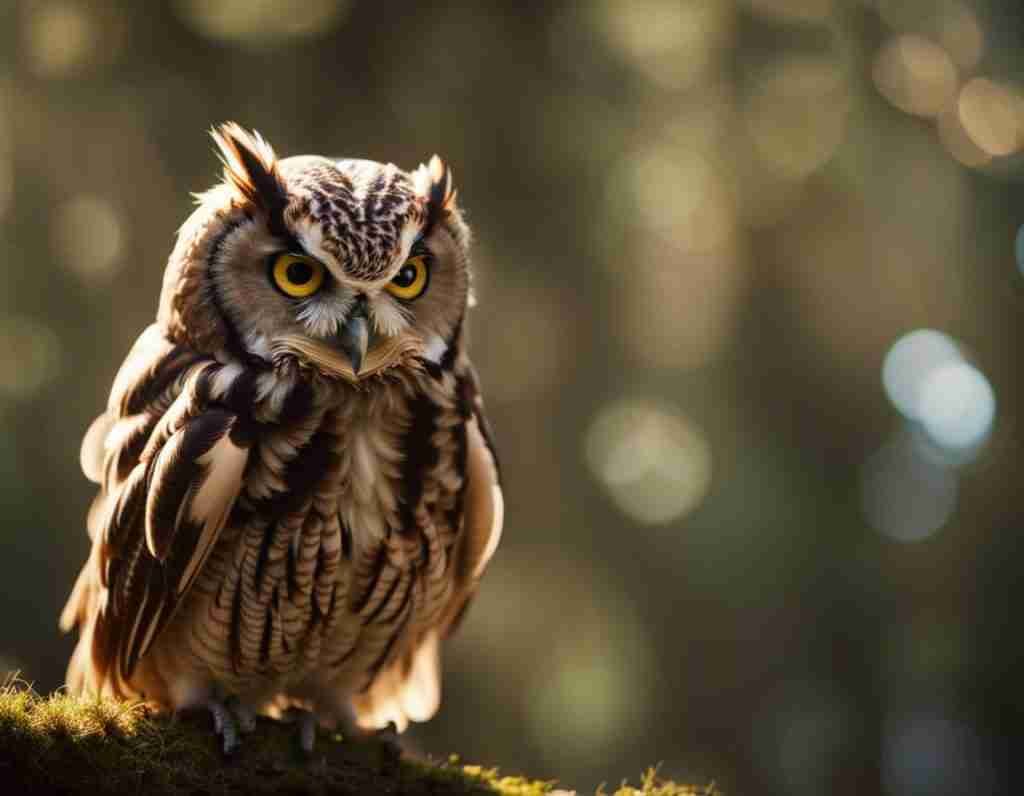[et_pb_section fb_built=”1″ _builder_version=”4.16″ global_colors_info=”{}”][et_pb_row _builder_version=”4.16″ background_size=”initial” background_position=”top_left” background_repeat=”repeat” global_colors_info=”{}”][et_pb_column type=”4_4″ _builder_version=”4.16″ custom_padding=”|||” global_colors_info=”{}” custom_padding__hover=”|||”][et_pb_text admin_label=”Intro” _builder_version=”4.23.1″ _module_preset=”default” global_colors_info=”{}”]
In this insightful article on “Distinctive Traits: How Hawks Differ from Other Raptors”, you’ll uncover the unique characteristics that set hawks apart from the rest of the raptor family. As an authority on birds, I’m poised to enlighten you on this thrilling topic, drawing on my vast knowledge and providing clear, engaging answers. Whether you’re an enthusiastic birdwatcher, a trivia buff seeking out some fascinating new knowledge, or just an inquisitive learner, you will find this guide invaluable in understanding the pivotal distinctions between hawks and other raptors. Embark on this riveting exploration and gain a fresh perspective on these impressive birds of prey!
[/et_pb_text][pac_divi_table_of_contents default_state=”closed” included_headings=”off|on|on|off|off|off” level_markers_3=”whole” _builder_version=”4.23.1″ _module_preset=”default” global_colors_info=”{}”][/pac_divi_table_of_contents][et_pb_text _builder_version=”4.23.1″ background_size=”initial” background_position=”top_left” background_repeat=”repeat” global_colors_info=”{}”]
Understanding Raptors
What are Raptors
Raptors, or birds of prey, are a type of bird characterized by their keen hunting skills, sharp talons and beak, and incredible vision. They include eagles, hawks, falcons, and owls. Unlike most bird species, raptors are carnivores, feeding primarily on meat.
The Different Species of Raptors
There are numerous species of raptors all across the globe, and they vary greatly in size, behaviors, and appearances. From the towering Golden Eagle to the small American Kestrel, the raptor family is species-rich and diverse.
General Characteristics of Raptors
Raptors share several common characteristics such as keen eyesight, a strong and curved beak, and sturdy legs with sharp talons. They are also known for their excellent hunting skills, employing various techniques to catch their prey, from soaring high in the sky to swiftly diving towards their targets.
Defining Hawks: An Overview
Understanding Hawks
Hawks are a specific type of raptor, and there are more than 200 species globally. They are medium-sized birds, generally smaller than eagles but larger than falcons, and they have broad, rounded wings and long tails.
Types of Hawks
There’s a wide variety of hawks, including but not limited to Red-tailed Hawks, Sharp-shinned Hawks, and Cooper’s Hawks. While their size, color, and habitats may vary, they all share similar traits that make them excellent hunters.
General Characteristics of Hawks
Like all raptors, hawks are equipped with sharp talons and beak for hunting. They have incredible vision, able to spot potential prey from a high altitude. They are also known for their agile flight capabilities, which give them an edge during hunting.

Differences in Physical Characteristics
Size Differences Between Hawks and Other Raptors
Hawks tend to fall in the medium range when comparing to other raptors. They are smaller than many species of eagles but larger than most falcons and owls.
Distinctive Hawk Features
While all raptors share some key characteristics, hawks have a few distinctive features. They have wide-rounded wings which enable them to soar high, and their long tails provide them with excellent maneuverability during flight.
Color and Embellishment Variations
Hawk plumage can vary greatly among species, but many exhibit a combination of brown, white, and grey feathers. Some species may also have distinctive color markings or patterns on their bodies, tails, or wings.
Hawk Habits and Habitats
How Hawks Live
Hawks are solitary animals, often living and hunting alone. They are also territorial, defending their home range from other hawks and predators.
Terrain Preferences of Hawks
Hawks can be found in a wide range of habitats, from forests and mountains to grasslands and deserts. The specific terrain preference depends largely on the species.
Migration and Breeding Patterns
Many hawk species are migratory, traveling great distances to breed or find more abundant food sources. Hawks usually mate for life, and they return to the same nesting sites year after year.

Prey Choices and Hunting Techniques
Common Prey for Hawks
Hawks primarily feed on small mammals, birds, and reptiles. Depending on the size and species of the hawk, this can range from mice and rabbits to snakes and other birds.
Hawk Hunting Styles
Hawks are known for their impressive aerial hunting techniques. They often soar high in the sky, using their exceptional vision to spot prey on the ground. Once they’ve identified a target, they dive at high speed to catch it.
Prey Choices Among Other Raptors
While hawks primarily focus on small mammals and birds, other raptors may have different preferred prey. For instance, eagles often hunt for larger mammals and fish, while falcons tend to focus on birds.
Predators and Threats
Natural Predators of Hawks
Adult hawks have few natural predators due to their size and formidable hunting skills. However, eggs and young hawks may fall prey to raccoons, snakes, and larger birds of prey.
Predators of Other Raptors
Raptor predators often differ based on the size and species of the raptor. Larger raptors like eagles face fewer threats, while smaller raptors such as falcons may face predation from larger raptors and land-based predators.
Human Threats to Hawks and Other Raptors
Human activities pose the most significant threat to hawks and other raptors. This includes habitat loss, hunting, and poisoning from pesticides.
Hawks and Human Interaction
The Role of Hawks in Culture and Mythology
Hawks have been revered in various cultures and mythologies for their strength and fierce hunting skills. They often symbolize power, wisdom, and vision.
Hawks in Falconry
Hawks have been used in the ancient sport of falconry for centuries. They are highly valued for their hunting abilities and trainable nature.
Protection and Conservation Efforts for Hawks
Various conservation efforts are in place to protect hawks and their habitats. These include regulations against hunting and habitat preservation efforts.
Top Rated GPS for Bird and Raptor Watching…










Sensory Abilities and Communication
Vision Capabilities of Hawks
Hawks are renowned for their vision, which is among the best of all animal species. They can spot tiny prey from high above the ground, and their eyes are specifically adapted for sharp focus and depth perception.
Hearing and Other Senses in Hawks
Aside from their vision, hawks also have strong hearing, which aids them in detecting prey. Their sense of touch and taste are less developed, but their sense of smell is surprisingly adept.
Communication Among Hawks and Other Raptors
Hawks communicate with each other using a variety of vocalizations, each having different meanings. They also use body language and flight patterns to convey messages.
Life Span and Reproduction
Average Life Expectancy of Hawks
The lifespan of a hawk varies among species, but on average, they live for around 20 years in the wild. Under protected conditions, they can live up to 30 years.
Hawks’ Breeding and Nesting Habits
Hawks usually mate for life and return to the same nesting sites each year. Both parents contribute to nest building, which usually takes place high in trees.
Life Span and Reproduction in Other Raptors
The lifespan and reproduction of other raptors depend on their species. For instance, larger raptors like eagles typically live longer than smaller ones like falcons.
Hawk Adaptability
Hawks’ Ability to Adapt to Changing Environments
Hawks are highly adaptable birds, capable of thriving in various environments as long as there is ample food supply and suitable nesting sites.
Comparison of Adaptability with Other Raptors
All raptors are fairly adaptable, but hawks in particular are known for their ability to adjust to a variety of environments, including those altered by human activities.
Impact of Climate Change on Hawks and Other Raptors
Climate change poses a significant threat to hawks and other raptors. Changes in temperatures and weather patterns can affect their habitats, food supply, and breeding patterns. However, as adaptable creatures, they continue to persevere in the face of these environmental changes.
[/et_pb_text][/et_pb_column][/et_pb_row][/et_pb_section]



